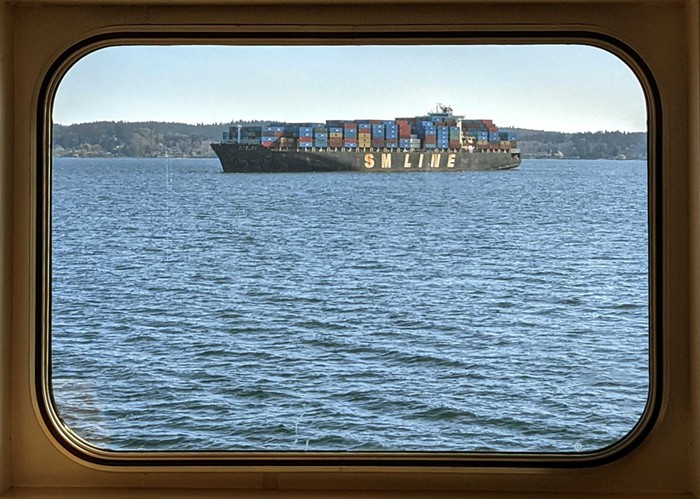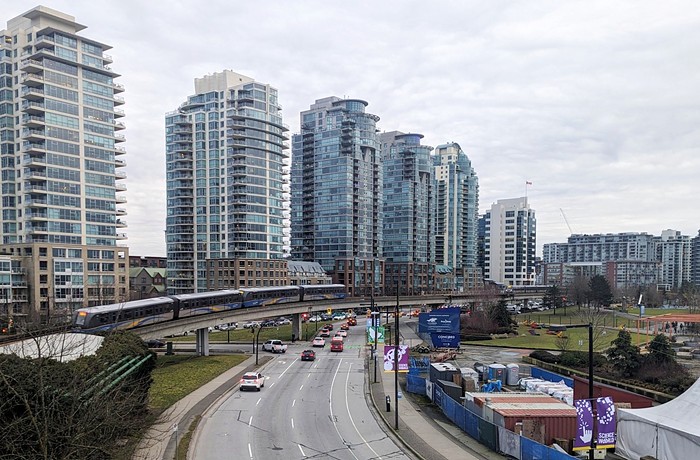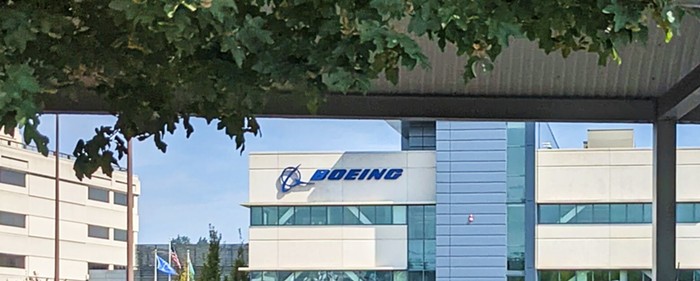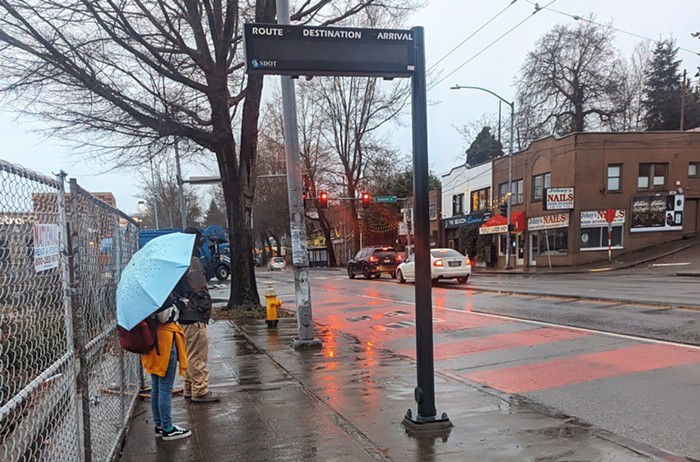
Seattle Transit Blog has a post that compares the cost of expanding light rail (ST3) in the Seattle area to the inflation of home values in Seattle. Seen in this way, ST3's $54 billion figure price tag, a figure the opponents of the expansion wear "like armor," is not so big. It is in fact small. But this finely-reasoned argument is still terribly limited. Not because housing values fluctuate or are difficult for the government to monetize, but because it's completely fixed on the figure of $54 billion.
The figure is like some object floating in the a great vacuum of space. Nothing is near it—no star, no moons, nothing that matters.
As a consequence, the proponents of ST3 become much like its opponents. Both fail to appreciate the full and relational reality of the system. The investment in light rail does not end with that investment but connects with the health sector, other forms of transportation, the environment, and so on. In a capitalist economy, any one sector adjusts to changes in others always with a price. The question to ask is: How will light rail impact these other sectors?
We know for a fact that cars have huge negative consequences in sectors relating to health, municipal budgets, the environment. And these consequences, though they are not cheap, are hardly factored into the cost of road construction/maintenance, parking spaces, or the sale of an automobile. In this sense, the car industry is heavily subsidized.
The question, then, is this: In the long run, will the externalities of an expanded light rail be as negative as those of car dependence? If you believe they will be, then you are simply mad or are paid to express such a mad opinion. There is even evidence (such as NYC's subway system) that many of the externalities of Link will be positive. This is how we should frame the investment in Link. It's not a matter of just how much it costs, $54 billion, but the manner in which that cost will spread across the city's interconnected economy.



















